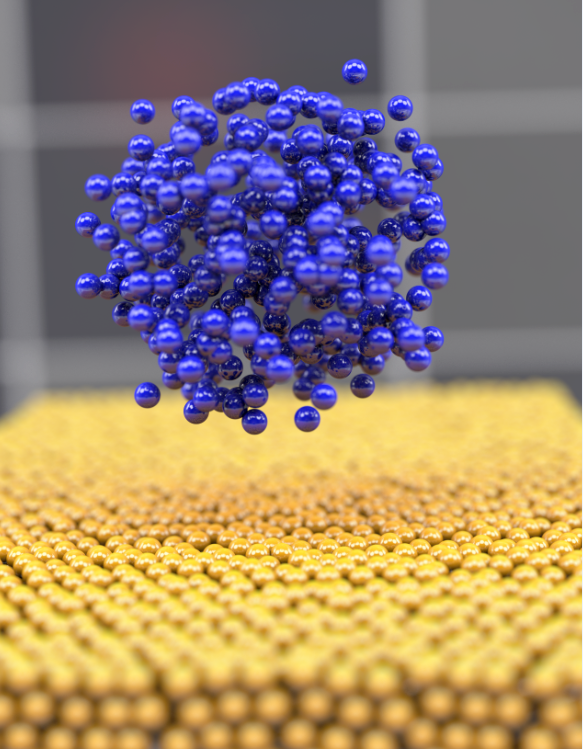INL discovery could lead to better batteries

IDAHO FALLS, Idaho (KIFI/KIDK)-A discovery that could open the door to better batteries, faster catalysts and other materials-science was announced by the Idaho National Laboratory Monday. It may outline a path to achieve high performance in rechargeable Lithium batteries.
INL scientists were working with the University of California San Diego studying recharging fundamentals. They were looking at the earliest stages of lithium recharging and learned that slow, low-energy charging causes electrodes to collect atoms in a disorganized way that improves charging behavior.
The noncrystalline “glassy” lithium had never before been observed. Creating such amorphous metals has been extremely difficult.
Researchers made the discovery by combining images and analyses from a powerful electron microscope with liquid-nitrogen cooling and computer modeling.
According to INL, the findings suggest strategies for fine-tuning recharging approaches to boost battery life and for making glassy metals for other applications.
The findings were published online this week in “Nature Materials,” an engineering and structural materials journal.
The discovery could help meet the goals of a Department of Energy initiative that funded the research. The “Battery 500 Consortium” is working to develop commercially viable electric vehicle batteries. The new understanding could lead to more effective metal catalysts, stronger metal coatings, and other applications that could benefit from glassy metals.






